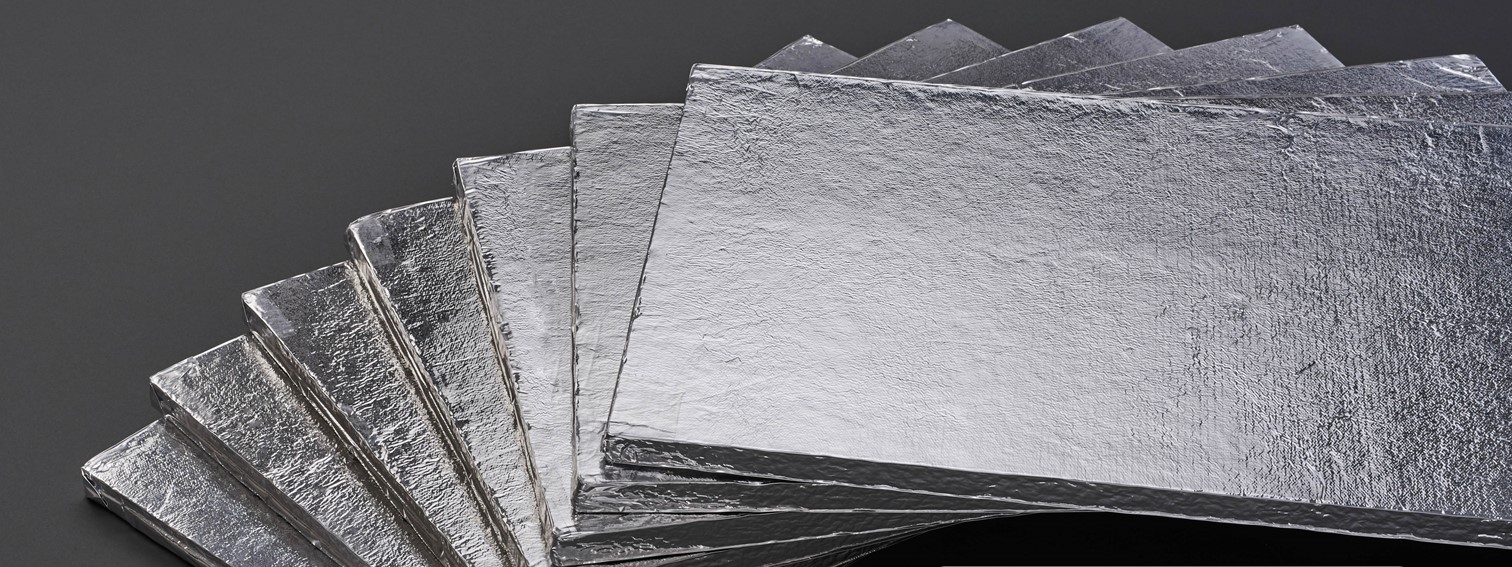VIP technology enables cost and time efficient refurbishment of apartment buildings
The Challenge
In 2014, the apartment buildings Pucciniflat, Mascagniflat, Mahlerflat and Perosiflat in Tilburg, Netherlands went through a major structural and energetic refurbishment. The project budget did not allow the replacement of existing wooden window frames in exchange with plastic frames. That is why there had to be an alternative solution to raise the insulation value of the parapet in order to ensure the improvement of energy efficiency from energy label F to B.
The Solution
To meet the current requirements for building regulation, conventional insulation material with a thickness of at least 75 mm would be required. However, an insulation that thick would not fit into the existing wooden construction.
The architect decided to replace the old panels, made of 6 mm HPL and EPS-rigid foam, with very thin high-performance insulation panels. The essential parts of these high-tech elements are 24 mm vacuum insulation panels featuring an extremely low Lamda-value of less than 0,007 W/mK. The core is covered with a 0,7 mm silicon polyester plate on the inside and a 6 mm white enamelled toughened glas on the outside. Therefore, the façade element guarantees a U-value of 0,29 W/m²K and a Rc-value of 3,0 m² K/W while being remarkably thin.
The Result
By choosing high-performance vacuum insulation panels, the set requirements for energy efficiency building were met. The use of VIPs instead of conventional insulation materials also prevented an extensive and time-consuming change of the existing construction. The thin-walled wooden door and window frames could be preserved. The existing heating pipes and the mounting brackets of the radiator remained unchanged. These effects saved a lot of money and made the financial realization of this refurbishment project possible.
Case study provided by Vaku-Isotherm
Download the document
pdf – 447 KB


